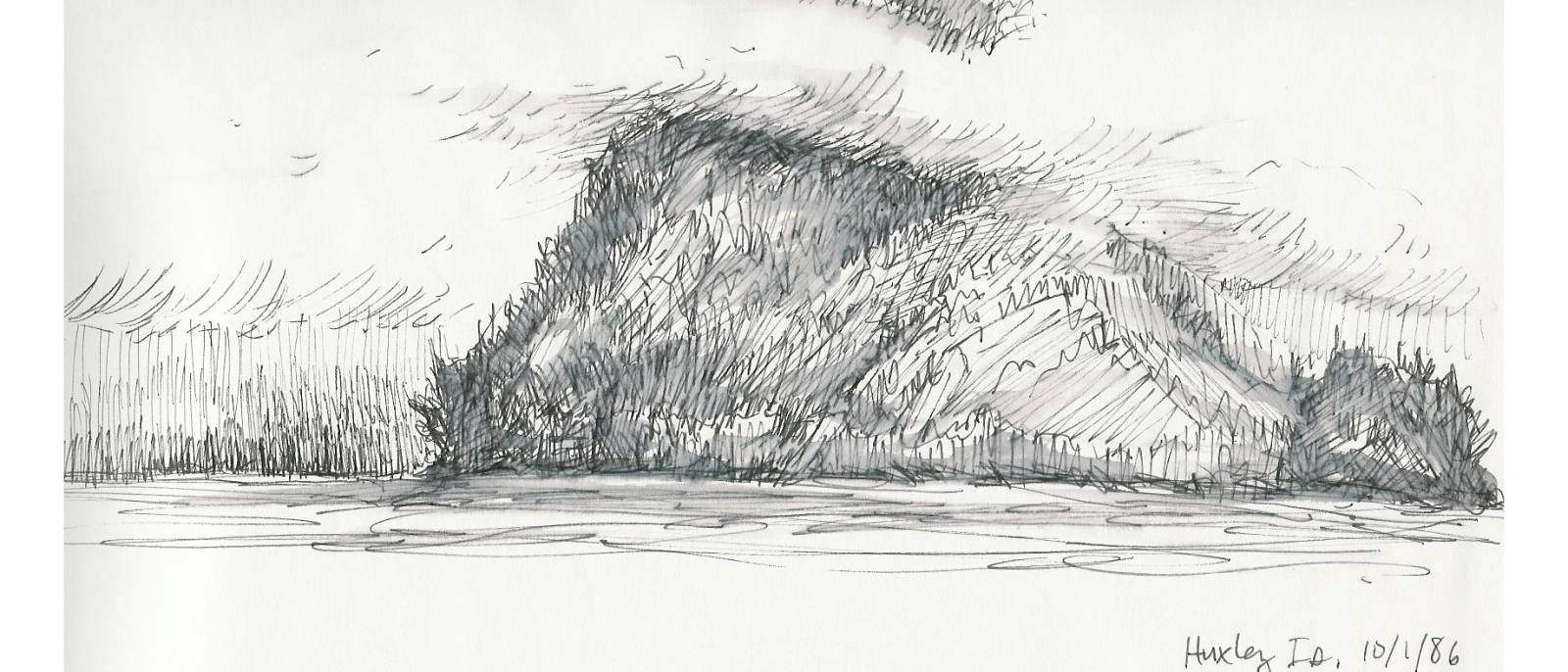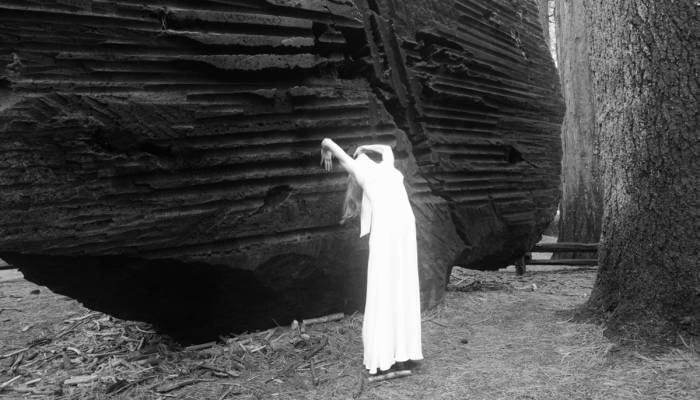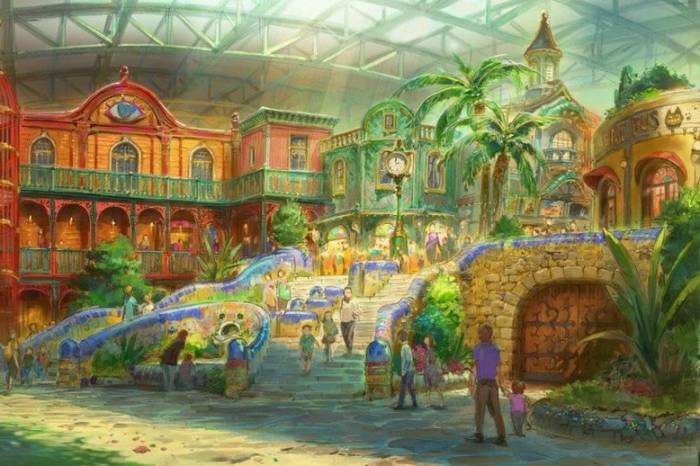Aldous Huxley’s Pala Island, a Paradise of Science and Religion
"One in plurality, the Emptiness that is all, the Suchness totally present in every appearance."
The Island of Pala is a fantastical realm which is possibly found in the Indonesian Archipelago, and which takes the best of both worlds: East and West, spiritualism and science, and shows us how this epic dialogue might work. Its inhabitants, the Palanese, are capable of appreciating life by being constantly aware of whom they are in relation to all their experiences. That is, the do not condemn human nature and their desires but observe it in order to understand it. Following this premise they built a society based on humanism and rationality, using science to understand spiritual truths.
One the most agreeable details of the Island of Pala is that the local animals conjure up words that help the inhabitants in their practices; more than 1000 birds fly over the island singing the word “attention”, and some others, like the crows, are shaped like buddhas or Hindu gods to stress that icons do not matter, what does matter is consciousness. That gods are made by men. That if prayers are attended it is because this in this “odd and psychological world, ideas have a tendency if you concentrate your mind on them to get realized”. A magical ecosystem that is the mere representation of the minds of the Palanese.
 Huxley’s Utopian model, “shot through and through with Tantra”, is a combination of the Mahayana Buddhism and science. And although Tantra here represents something closer to Taoism (they do not wish to escape the world by achieving Nirvana; they accept the world as it is and everything it entails), their goal is to outdo the belt of suffering and go towards a clear light, beyond the void of every human being, appreciating the plan of everything that happens during a person’s life.
Huxley’s Utopian model, “shot through and through with Tantra”, is a combination of the Mahayana Buddhism and science. And although Tantra here represents something closer to Taoism (they do not wish to escape the world by achieving Nirvana; they accept the world as it is and everything it entails), their goal is to outdo the belt of suffering and go towards a clear light, beyond the void of every human being, appreciating the plan of everything that happens during a person’s life.
The first principle is based on: “Nobody has to go anywhere. We are all (if only we knew) there already”. A principle that echoes in the Zen rivers, in which happiness resides in stopping the search for happiness.
The second principle is giving a meaning to everything they do: “By being fully aware of what you’re doing, work becomes the yoga of work, play becomes the yoga of play, and everyday living becomes the yoga of everyday living”. The means to become aware of yourself, explains the narrator, is through meditation. For the Palanese, mediation is “Destiny Control” since it opens the mind on an intuitive level to greater understanding.
Life is full of “changes and chances…beauties and horrors and absurdities” he concludes. The control of Destiny cannot remove all the pain and loss, since it would make a human less than human, but through meditation your mind could become –and this description is somewhat appealing–: “Blue, dispossessed and open.”
The Palanese built this society on an island (the islands always carry more possibilities for autonomy) in which light is circumstance and people are seeds.
Related Articles
When ancient rituals became religion
The emergence of religions irreversibly changed the history of humanity. It’s therefore essential to ask when and how did ancient peoples’ rituals become organized systems of thought, each with their
Larung Gar, the valley that is home to thousands of Buddhist monks
If we think about the monastic life it is very probable that we think about solitude, seclusion, silence and a few other qualities whose common denominator is the appropriate isolation for mediation
Dialogue with the Dalai Lama on science and spirituality
The Dalai Lama has been interested in science since he was a child. Over the years he’s visited many laboratories and has attended conferences that discuss consciousness from the scientific point of
A New Year's resolution for the earth
Worrisome quantities of waste are generated by human populations. Especially in cities, these have reached unprecedented and alarming levels. A largely uncontrolled practice, it affects everything on
The Dark Mountain Project: or how literature can confront ecocide
One impulse from a vernal wood May teach you more of man, Of moral evil and of good, Than all the sages can. Wordsworth, “The Tables Turned” (fragment) Words are elementary. The only reason we can
Are there no women in the history of philosophy?
Do only men philosophize? This could sound like a silly question, but if we quickly review the names of philosophers, from Aristotle to Slavoj Žižek, it would appear to be an exercise that is
Things that are about to disappear: photography as environmental conservation
Cristina Mittermeier is the founder of the International League of Conservationist Photography (iLCP), and is at the front of a modern movement to use photography with environmental purposes. Her work
Architecture And Music; An Affair That Acts On The Matter
A composition is like a house you can walk around in. — John Cage Perhaps music, more than the art of sound, is the art of time. That’s why its communion with space, and architecture, is so often so
Psycho-geography (On The Ritual Casting of a City)
Mrs. Dalloway walked down the streets of London guided by an “internal tide” that made her stop somewhere, enter a store, turn at the corner and continue her journey, as if she were adrift. La dérive
A Theme Park Inspired by Hayao Miyazaki is About to Open …
One of animation’s most spectacular exponents, Hayao Miyazaki, is the artist who transformed the direction of traditional animation forever.










